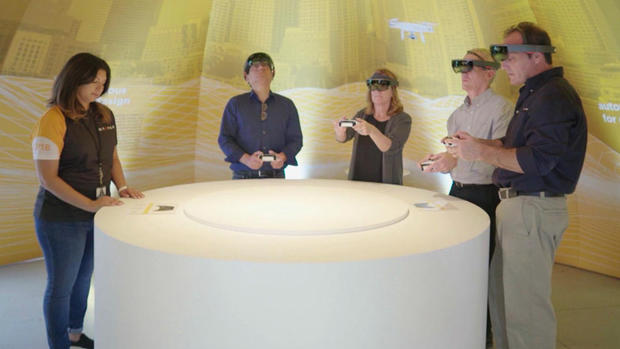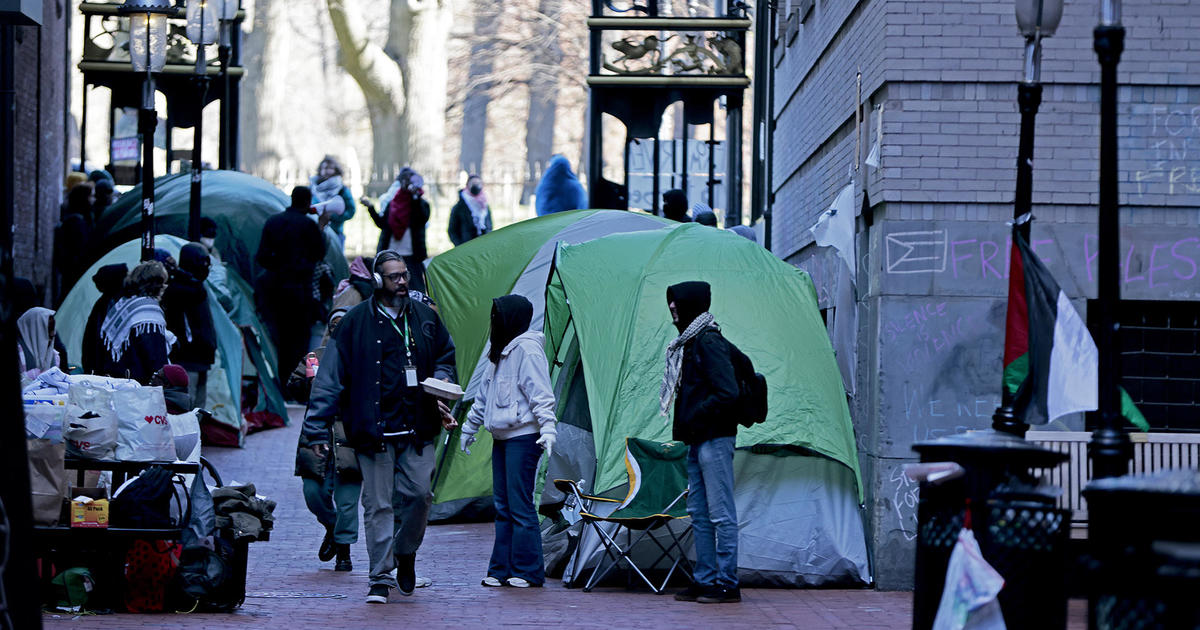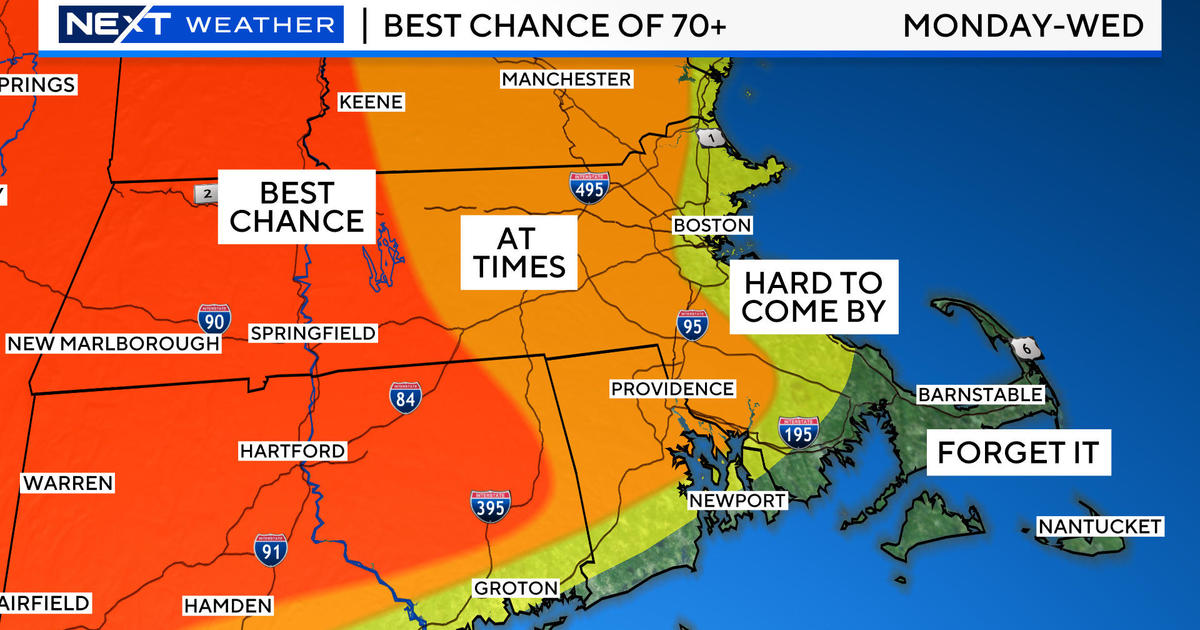Cambridge NASA Simulator Allows Visitors To Experience Mission To An Asteroid
CAMBRIDGE (CBS) – If you've never led a mission to an asteroid, or likely never will, this is your chance.
Draper in Cambridge has created a simulation of a real NASA project, to get to Bennu, an asteroid orbiting the sun.
"We're focusing on a navigation effort to an asteroid that's about 200 million miles away," said Raji Shankar of Draper.
Draper designed the natural feature tracking that, once the spacecraft gets close to Bennu, will help it actually land on it without crashing. Draper is letting the public test it out.
You can see a model of the spacecraft, watch a demonstration of the mission and run the mission yourself.
It's one of four exhibits open to the public this week in Draper's lobby.
You can also take a virtual reality ride through Draper's groundbreaking work in treating cancer.
The company is advancing the science of cellular immunotherapy, which is taking your blood, separating out the white blood cells, and engineering them to find and destroy the cancer cells.
"This is a really fun, virtual reality experience where they get to act like they're the white blood cells that are going to do therapy," said Jason Fiering of Draper.
You can also take a trip into Draper's autonomous vehicles exhibit.
In this video game you can play, you work with an autonomous drone that can access remote areas during natural disasters and, in this case, rescue kittens.
"We're developing sensors and algorithms that help to enable drones to complete these types of missions," said Michael Stillo of Draper.
They're also working on driverless cars, using not just sensors and cameras, but a technology that can detect cell phones, a backup system if the car happens not to see a person crossing the street.
You can also get a look at a demonstration on how plastic waste in oceans can leave behind microplastics.
"If you actually go and turn that crank right there the fluids will illuminate the fact there are a lot of microplastics left behind," said Laura Mariano of Draper.
Draper now has an underwater vehicle and sensors that can detect the amount and type of plastics in a body of water.
"Hopefully be able to give this to policymakers so they can look at this and say, wow, this is a problem, what can we do to solve this?" said Tricia Swierk of Draper.






